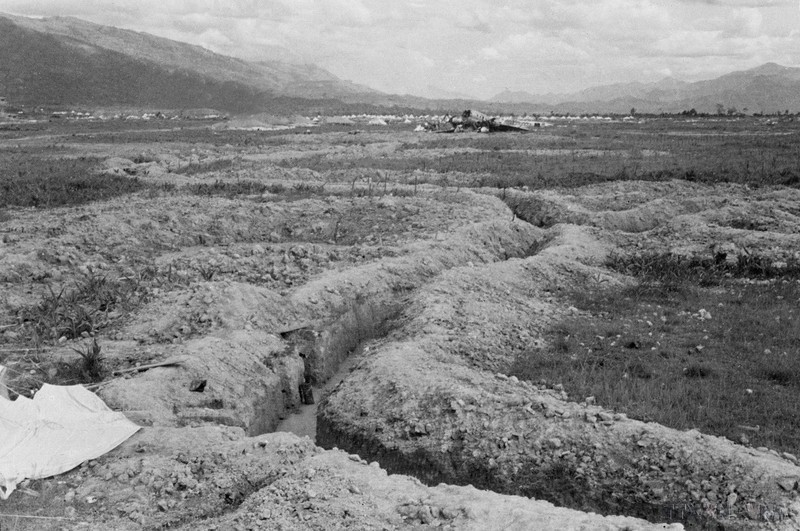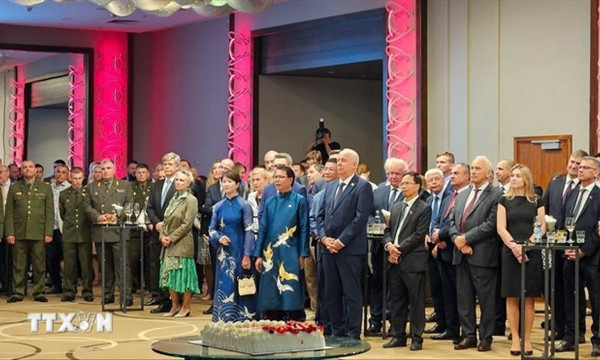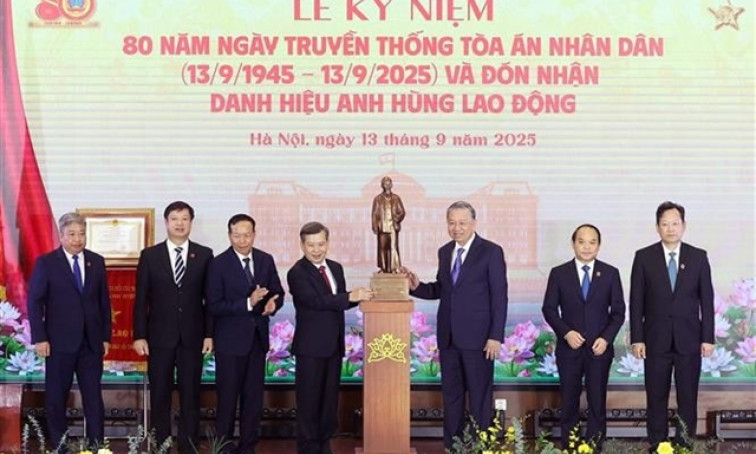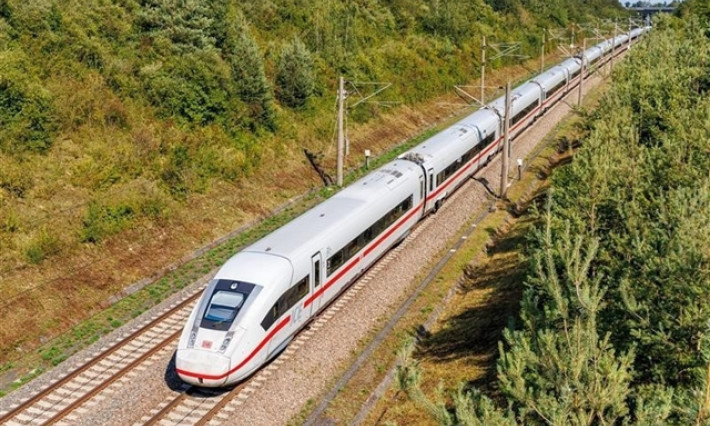March 22, 1954: Dien Bien soldiers exchange blood and sweat for every metre of trenches
On March 22, 1954, Vietnamese soldiers continued to dig trenches. The two main lines of trenches advancing from the north embraced the Central subdivision on the east and west sides; at the same time, isolate this subdivision from the enemy's Isabelle base cluster in the south.
The first axis, led by the 312th Army, advanced from Doc Lap Hill and will connect with the trenches of the 308th Army; a branch of the trench axis crossed the Nam Rom River toward Dominique 4 and the airport runway.
The second axis formed a wide arc across the western fields and then turned south to the Central area and the Isabelle base cluster, radiating out in many directions to form a network encircling the enemy at Dien Bien Phu.
While the soldiers dug trenches, the enemy sent bombers, bombarded, and used patrol teams to shoot at Vietnamese soldiers. Dien Bien soldiers exchanged their blood and sweat for every metre of trenches.
At 7:30 a.m. on March 22, 1954, the enemy's patrol discovered a trench blocking the French advance from the Isabelle base cluster to Kho Lai village. They sent the 3rd Battalion of the Legionary Infantry Regiment, supported by tanks, to fill the trench.
In the north, the enemy used a battalion with tanks to support them. The battle to protect the trenches lasted until 4:00 p.m. At night, the enemy withdrew, and Vietnamese soldiers continued to dig trenches.
At de Castries' command bunker at Dien Bien Phu and Cogny's command post in Hanoi, specialists and assistants rearranged daily photographs taken by reconnaissance planes, allowing surveillance of the progress of Vietnamese communication trench systems which was beginning to tighten the noose around Dien Bien Phu.
Cogny ordered de Castries to prepare for fighting in the trenches. But de Castries replied that he lacked specialised people as well as engineering equipment for this type of warfare (fighting in trenches), asking Cogny to send him documents on organisational rules and trench warfare.
Also on March 22, 1954, an US C-119 transport plane landed at Cat Bi airport carrying 20 tonnes of military equipment as aid to France.






